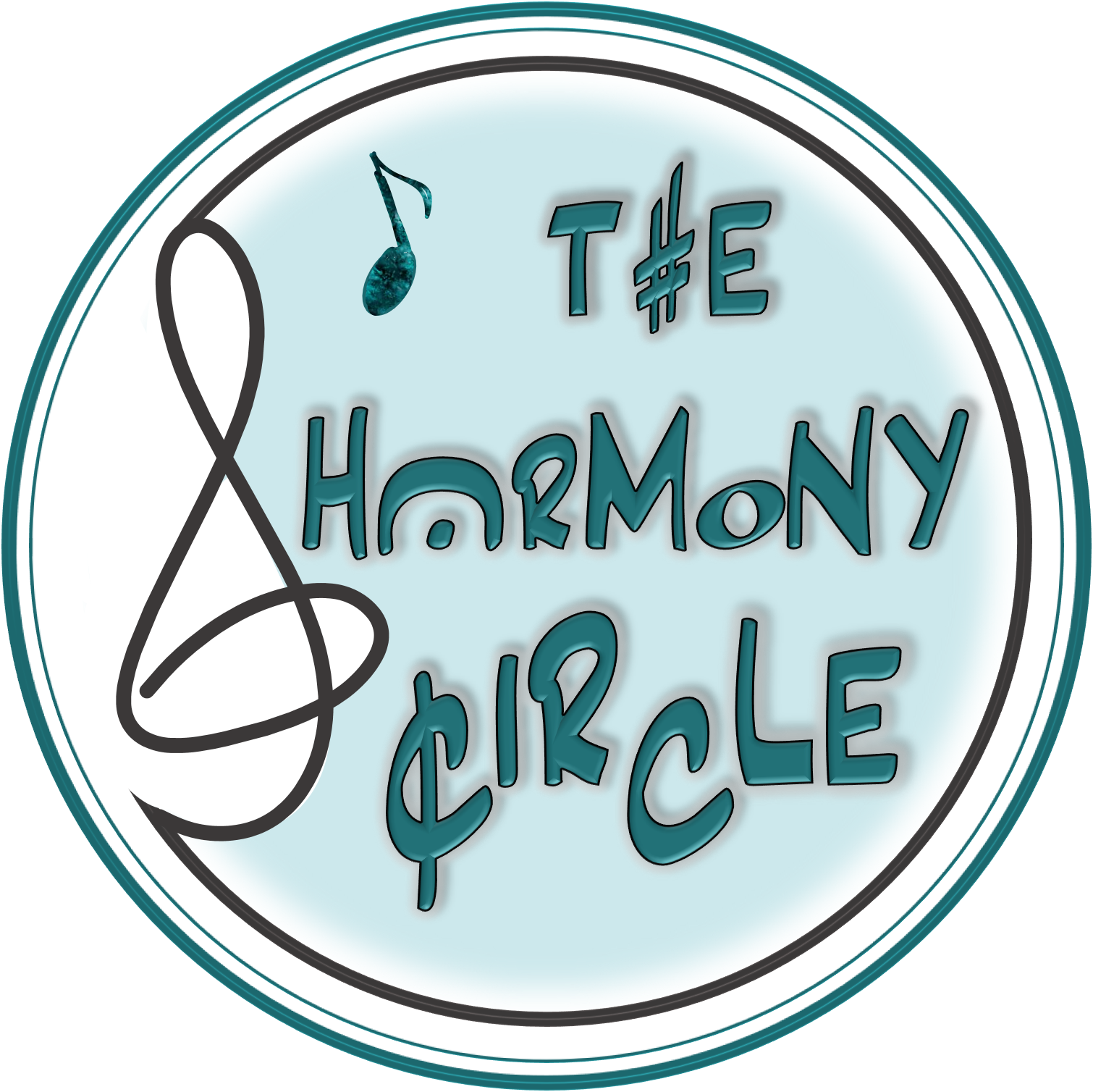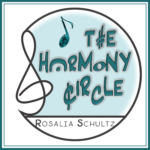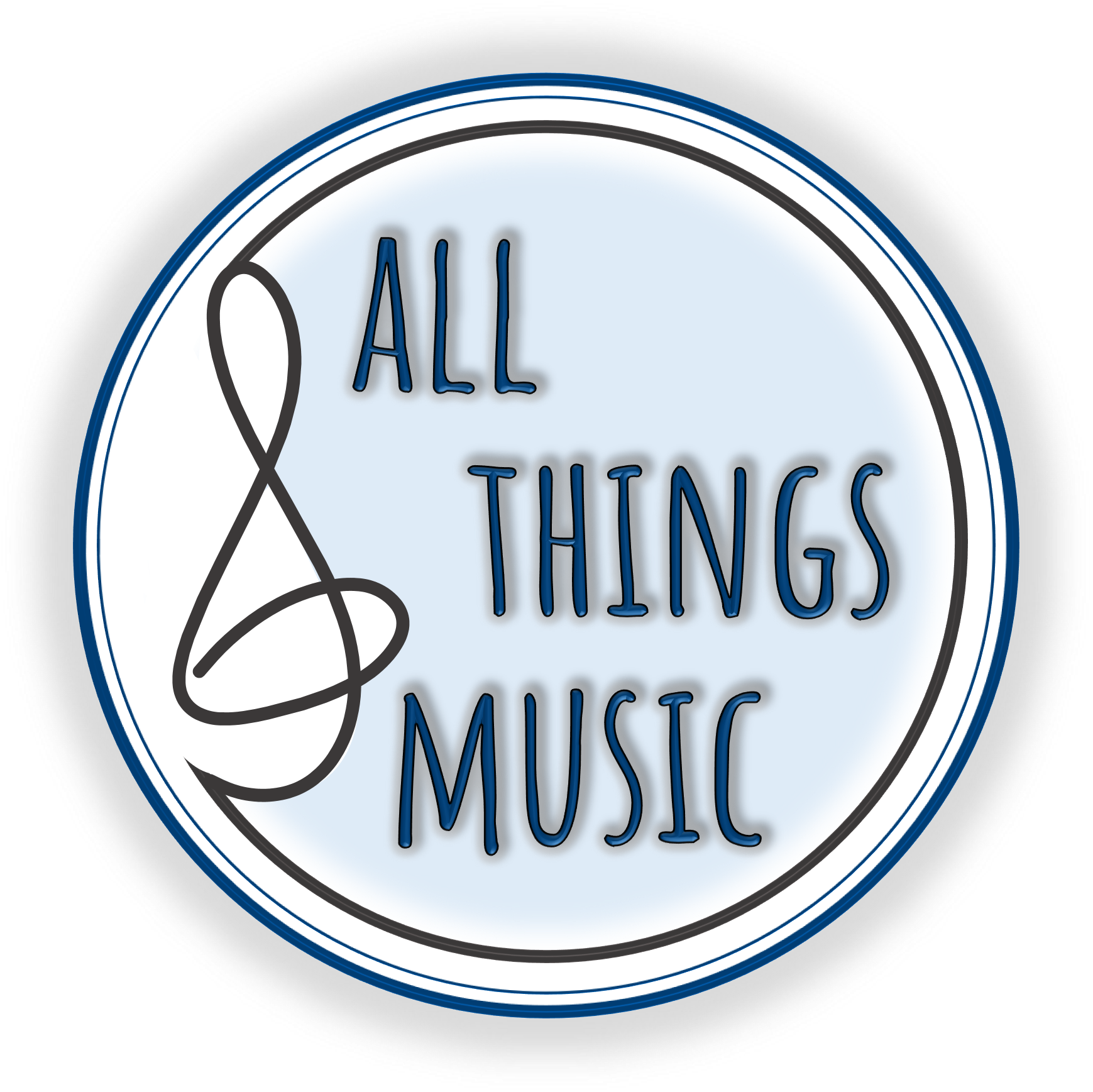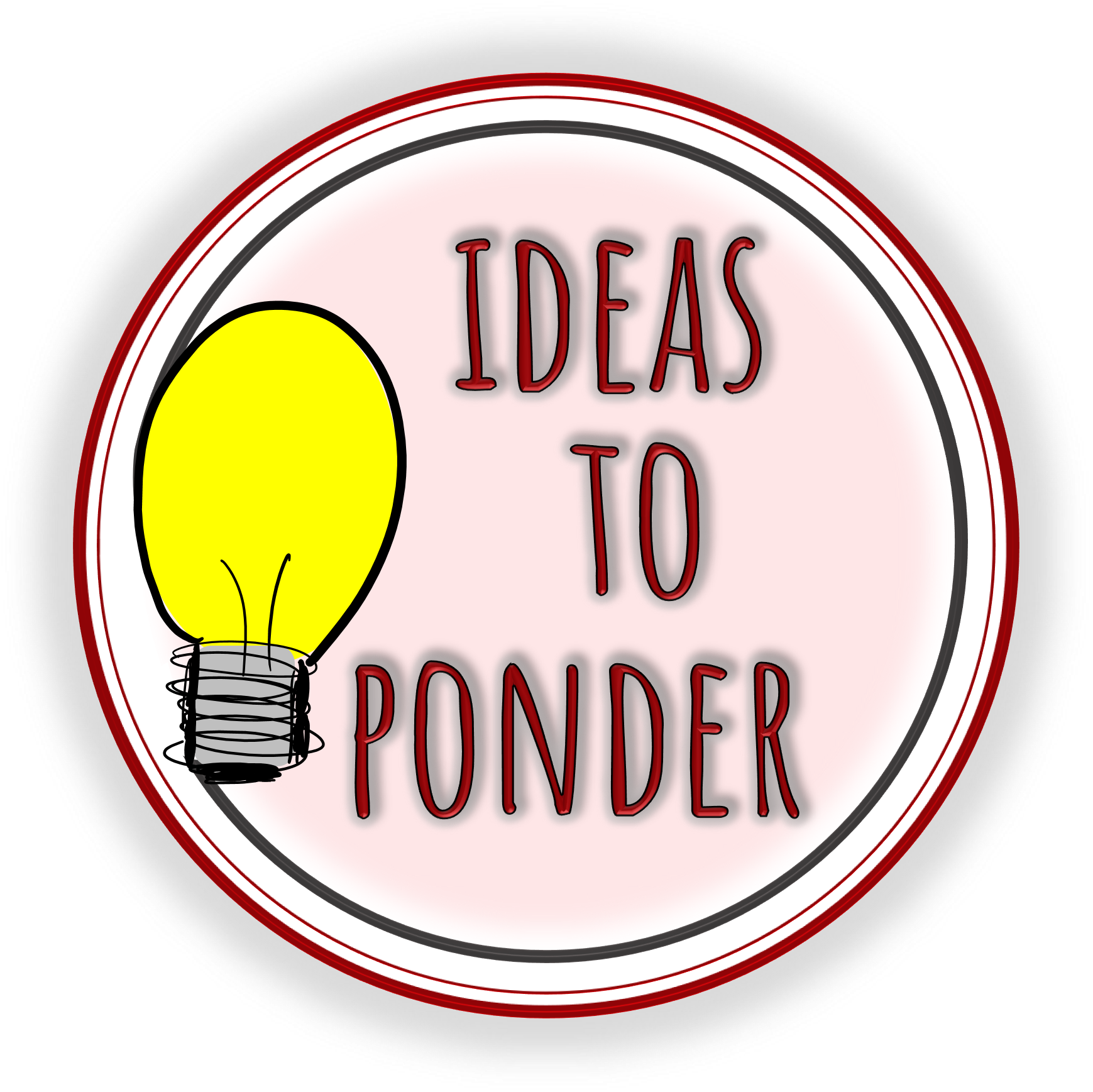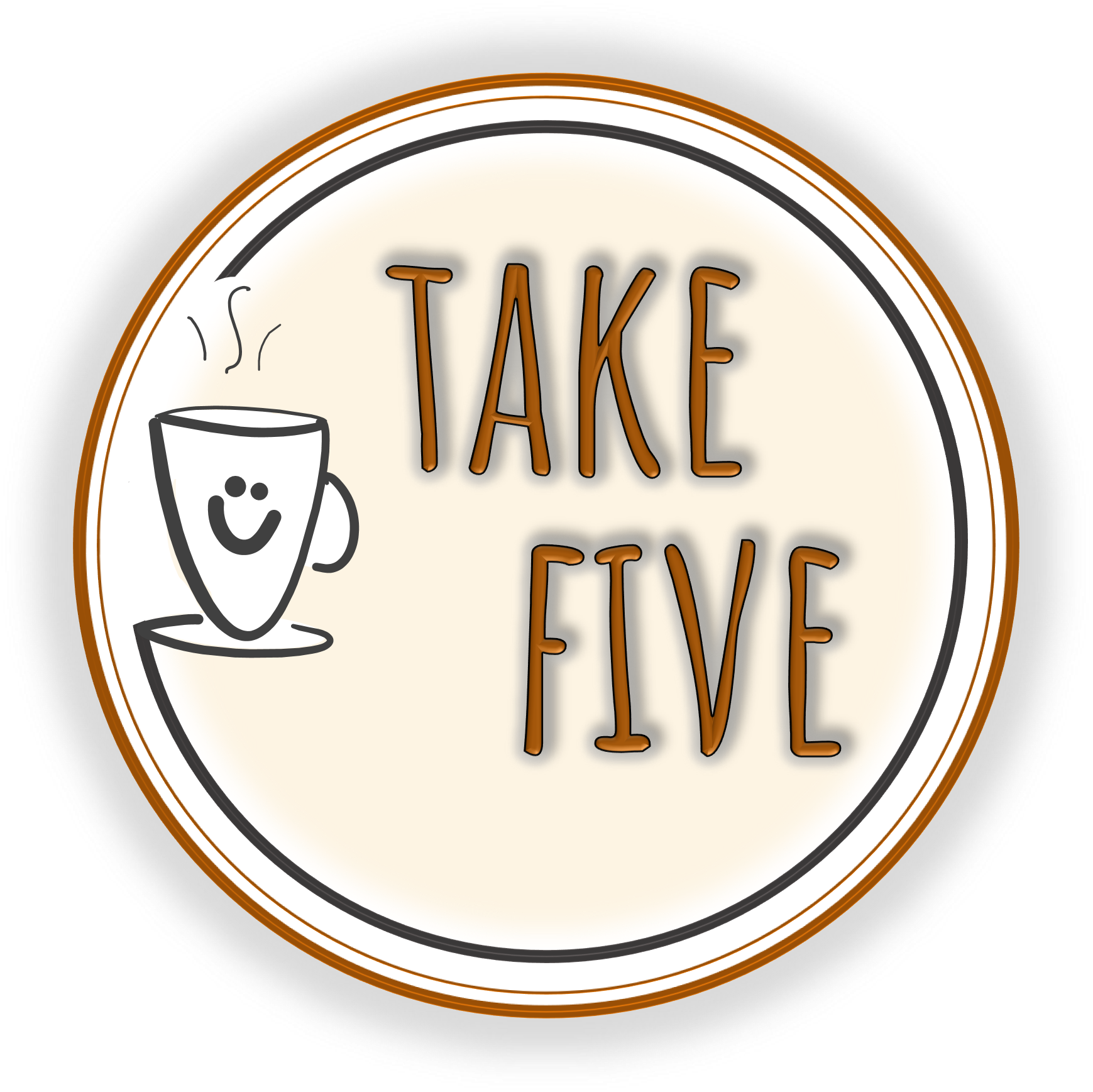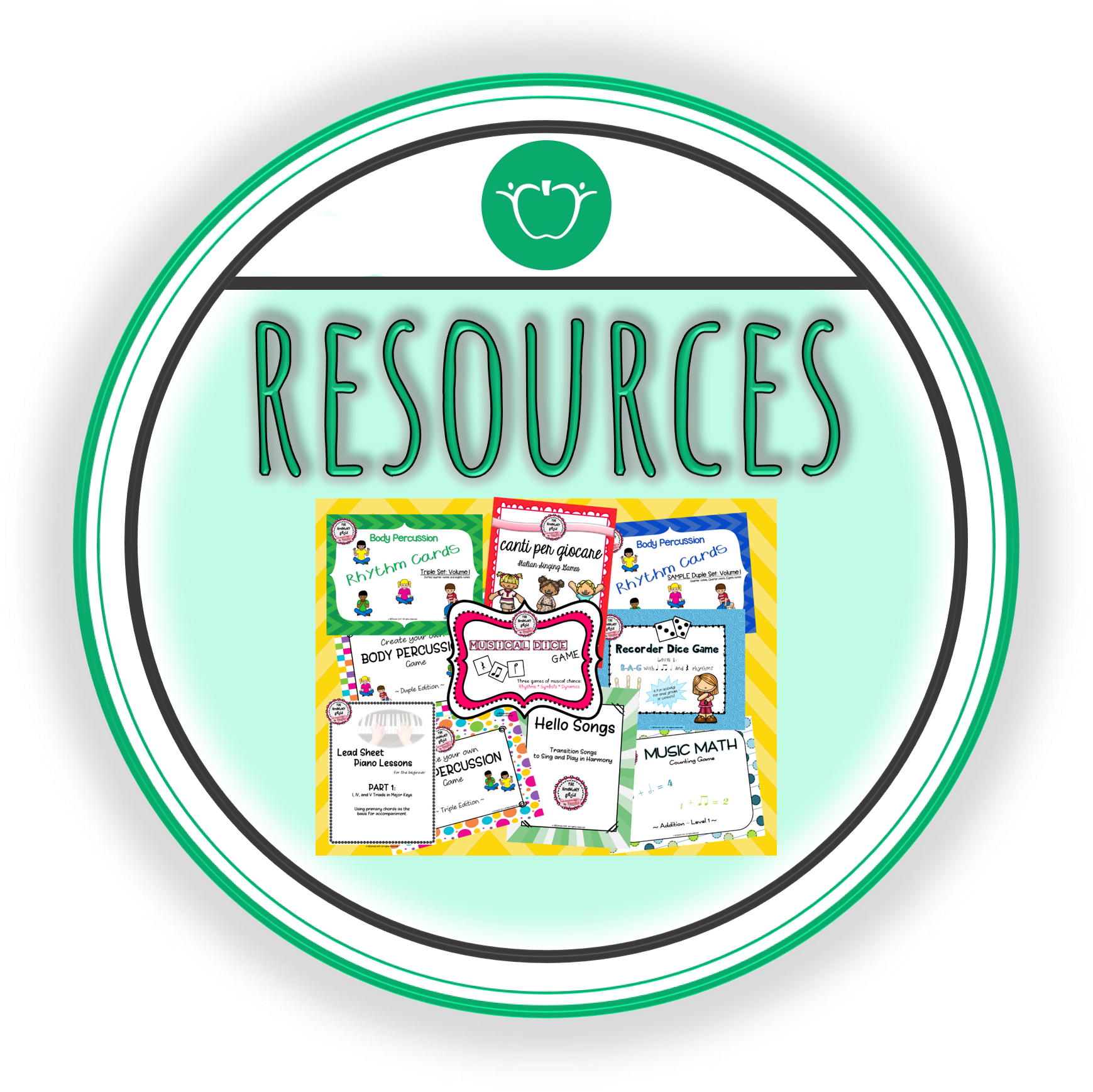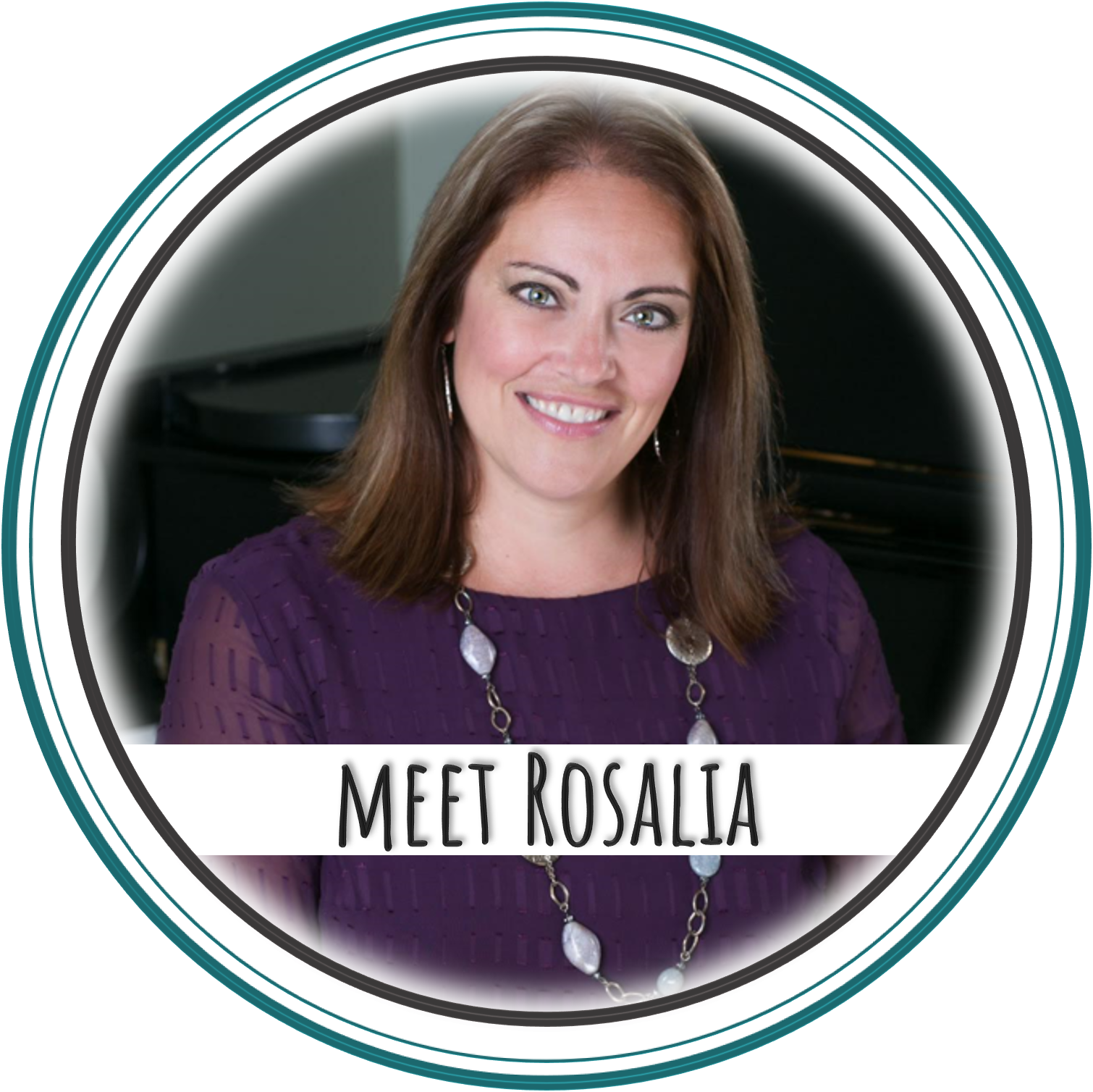Weekend’s here… time for WINE!
Oh my gosh, you guys… you know that saying: “the days are long, but the years are short.”
Well, weekends are short, too. When a new school year begins, so do extracurricular activities and they multiply quickly. Unless we are conscious about making time for ourselves, busy weeks morph right into busy weekends and they keep cycling through without a pause. As a result, we feel like we’re on a fast-moving train, unable to catch a breath or provide ourselves with ample time to recharge.
Burnout is inevitable.
One thing I insist on, however, is finding time for fun and making sure I put something on the calendar before I fill it to capacity. Something I really enjoy doing is spending time with friends and family. I will find great excuses to host gatherings (you know, like supper clubs, holiday parties, neighborhood bonfires, and impromptu get togethers). Maybe it’s because I’m Italian. Maybe it’s because I love music, food, and wine. Or maybe it’s because I simply enjoy the company of others. And while I enjoy hosting family-friendly events equally as much as adult-only events, one of my favorite types of parties to host is a blind wine tasting party.
Several years ago, my husband and I had the opportunity to attend a few local wine tasting classes. We enjoyed what we learned and began to take an interest in different wines. To clarify, we are not even close to being connoisseurs of wine, but we know what we like and don’t like. We’ve learned a tiny bit about pairing wines and what might taste good with certain foods. We’ve learned how to tell certain wines from others (well, some of the time!) Most importantly, however, we’ve learned how to respect wine. We enjoy it sparingly and, always, with good food and great company.
I can’t remember exactly when it happened, but I came home from an event one evening and was inspired to begin hosting my own wine tasting parties. About 15-ish years ago, I had no idea what Pinterest was. Maybe I’d heard of it, but I can’t really remember. What I do remember is that there was very little information on the world wide web. However, while scouring the internet, I managed to find a hodge-podge of information about wine characteristics, descriptions, and what people might look for when tasting wines. I put together a tasting sheet with relevant tidbits of information and carefully began planning the details of my event. My first wine tasting party was such a hit, that I decided to make it an annual event!
And here’s how I did it…
Part I – The planning
1. Select a theme or wine varietal
I often like to include both white and red wines when I host a party. This way, there’s something for everyone to enjoy in case guests prefer one varietal over another. And when it comes to a theme, I try not to think too hard. For a starting point, I aim to stick to wines that might go together (French wines, Italian wines, grape varietals, vintage year, barrel-aged wines, etc.) After selecting my theme, I will decide which type of white wine and red wine I would like to feature for my party. For example, I may pick a French theme that features Pinot Gris and Pinot Noir as the two wines. Or maybe I’ll select wines from the pacific northwest that feature barrel-aged chardonnay and merlot. Once I know what the theme will be, I’ll begin personalizing my invitations.
Right about now, you might be thinking that you may not want to restrict your party to a single theme and, instead, invite your guests to bring their favorite wines regardless of vintage, region, or price. That is a perfectly good way to start. This reminds me of our first party… we asked each guest to bring two bottles of their favorite wine; one white and one red. Some people brought more expensive wines while others spent less. All labels were covered so people did not know what wine they were sampling. When all was tallied, and the winners were revealed, we learned that the so-called “two-buck Chuck” won the prize for the favorite white wine of the night!
The main reason I prefer to host themed blind tasting parties is because my guests will have a more objective – and level – playing field for which to rate their wines if the varietals are similar. For instance, here’s an example… let’s say one person brings a Moscato while another brings a Chardonnay and two others bring Pinot Gris. Chances are that your guests might give the Moscato higher point values because sweeter wines tend to get higher scores, especially when the other wines are much drier. That’s not always the case, but it tends to happen when there is so much of a difference in wine characteristics.
2. Make your guest list and send detailed invitations
I often invite four or five couples, as I like to keep my wine tasting parties to about twelve people, max. Smaller parties tend to be less stressful and they allow for people to mingle easily rather than get lost in the crowd. (Keep in mind, too, that having less people means that there will be enough wine per bottle for each person to sample). At one of our most recent parties, we had just enough people to be seated around a single table. We brought the wines to the table and passed them back and forth, discussing our favorite characteristics as we sampled them. It was the smallest party we’d had, but probably the most enjoyable, as well.
When I’m short on time, I’ve been known to send invitations via Evite or Facebook, but I prefer to make my own and send them individually. In the invitations, I will ask each couple to bring two specific bottles of wine – one white and one red – related to the theme I selected. I also ask that they bring their bottles placed inside paper/plastic bags and that they chill the white wines beforehand. With a group of twelve people, this means we will have ten bottles of wine. My husband and I do not contribute to the blind tasting bottles, but we provide all the food and dessert. We also provide a toasting bottle (usually a prosecco or champagne) and, maybe, a liqueur such as Frangelico or Limoncello at the end of the night. Click here for an edible – ummm, I mean editable – invitation I’ve created for my parties.
Part II – The Preparations
3. Provide a tasting card for your guests
Now that you have decided on your wines and the invitations are set, it is time to get to work. Blind tasting parties need tasting cards so guests can make notes and assign number values to their wines. I have created one that features four characteristics (color, smell, taste, quality) and some of their most popular descriptions. I give this chart to my guests so they can follow a guideline as they taste.
This is what my tasting card looks like:
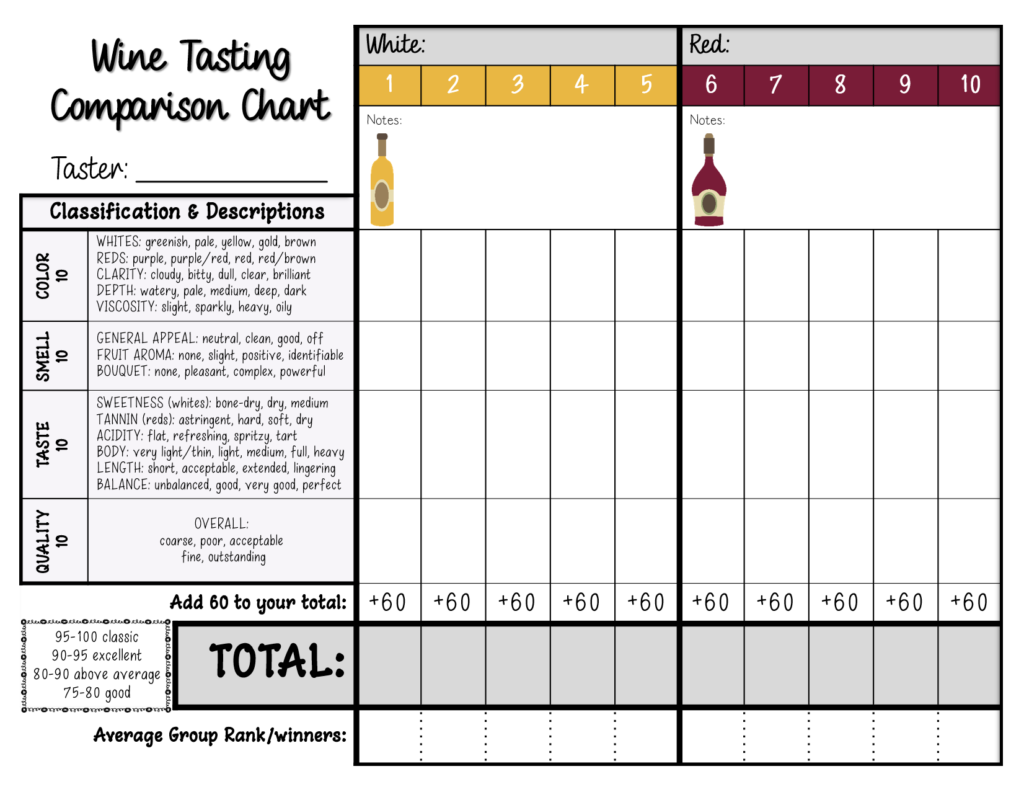
You’ll notice that each characteristic is worth 10 points (the added +60 is simply there so that the grand total equals 100). While some people may use a simple scoring rubric of fewer points, I like to use a scoring system of 100 points. I do so because the 100 functions more as a percentile ranking than a rubric. Then at the end of the night, when all the scores are tallied, it is easier to come up with an average “percentile” score if the highest possible score is 100. I’m sure you’re probably thinking: “why not just give each characteristic 25 points instead of 10 so you automatically have a total of 100 instead of having to add 60 points?” Well, it’s just a matter of preference for me. We often rate things on a scale of one to ten and this seemed like a simple way of incorporating that theory into my project. No single way is the right way. If you would like to use a tasting card like mine, click here.
4. Plan a menu of strolling appetizers/finger foods
Foods that are easy to eat without utensils are the best foods to provide during wine tastings. We like to serve a few loaves of freshly sliced baguettes, crackers, lots (and lots!) of cheeses, salami, olives, tapenades, chicken skewers, and bruschetta toppings. Because we enjoy cooking, my husband and I often make the food ourselves. We do most of the prep work ahead of time and then grill or bake the necessary items right before guests arrive.
5. Sleeves, Labels, and Tags… oh my!
A blind tasting party means that the bottle labels will need to be hidden. You could do something as easily as tape a sheet of paper over the label and write a number on the bottle or simply purchase burlap/felt wine bags, but you’ll probably want to do a little more than that. For simplicity’s sake, you can purchase felt burlap bags on Amazon, like these. But if you really feel like being creative, there are so many ways to make wine bags that include sewing or using a hot glue gun on fabric. I sewed my first set of wine bags out of a gingham pattern and then used the leftover fabric as placemats. I made them over ten years ago and they have held up after multiple washings.
Don’t forget the number labels for the bottles so that people know which number on the tasting card corresponds with which bottle. Because I like to work with graphics and clipart, I tend to make my labels on the computer and format them to fit standard sized business cards like these. Then, all I have to do is print them out, tear them apart, punch a hole in the top, and tie them to the cinch bag. Easy! Check out my ready-made template here.
6. Prepare ‘winetags’ for each of the glasses
You will want to label/mark each of the glasses with everyone’s name. Because, you know, who wants to lose their wine glass? I like to also write the bottle numbers on the winetags so that people can check off which wines they’ve tried. If you have a Cricut or similar cutting machine, you can design circular labels to use for the glasses. If you don’t have a fancy cutting tool, then you can use business cards like I wrote above and simply write names on them. You will also need a circle hole punch (about .75-inch diameter) and cut a straight line from the edge so that you can place the tag around the stem of the glass. Check out my template for these winetags here.
7. Purchase prizes for the winner(s)
If you’re hosting a blind tasting party, you are most likely hoping to reward the highest scoring wine with something special. If this is your intention, offer prizes for the favorite wine(s) of the evening. Some ideas could include wine accessories, a special bottle of dessert wine, a cheese-cutting board, wine glasses, gift cards, gift baskets, etc.
Part III – The execution
8. Prepare the space
Prepare your serving space with all your favorite wine-friendly foods that you selected ahead of time. Have fun with the presentation and don’t forget to include labels for those exotic meats and cheeses.
9. Keep the wines secret upon arrival
As the guests arrive, we ask them to transfer their bottles from their paper bags to the cinched bags that have been laid out for them. When all guests have arrived, and the wines have been hidden inside the cinched sleeves, my husband and I randomly tie number labels onto each bottle and uncork them one by one. (Now, if you’re able to have a bartender for your event, you can skip all these steps and leave the work up to her/him so you can get to mingling right away!)
10. The fun part begins!
We always begin our parties with a toast (using a bottle of Prosecco or champagne that we provide). While we’re toasting, we offer a short explanation of how to use the tasting cards. Then we’re off! Remember to eat between all the sampling. Oh… and don’t forget the water! You’ll want to have two pitchers handy; one that’s filled and readily available for palate cleansing and one that’s empty, readily available for dumping the wines people might not like.
11. And the winners are…
While everyone continues to mingle and the sampling slowly comes to an end, we collect the completed tasting cards and open an Excel spreadsheet to enter/tally all the scores. This part takes about 10-15 minutes, as we type in the scores and get an average for each wine. When we are finished, we return the tasting cards and announce the winning wines.
We then award the prizes for the highest rated wines of the evening. Because we include both white and red wines for our events, we offer two prizes: 1st prize is for the highest overall score (if it’s a red wine, then 2nd prize immediately goes to the highest white wine, even if there’s another red wine with a higher score than the white).
12. Top it off for a smooth finish
We’ll end the evening with a taste of liqueur, port, or ice wine paired with dessert. Rather than make dessert, I’ll order something delectable from the local market. Usually it’s something like fruit tarts, eclairs, and/or mini cannoli.
And that’s it! If you made it this far, thank you for sticking it out! This might seem like a lot of work to put this together, but it is also quite a lot of fun. And if you try your hand at a blind tasting party, let me know how it turns out! Salute!
Thanks for reading!


